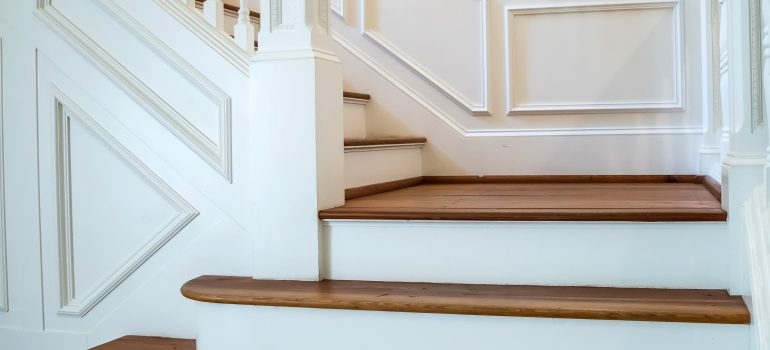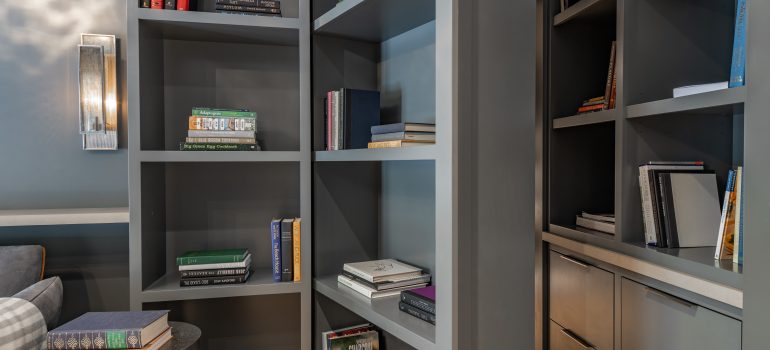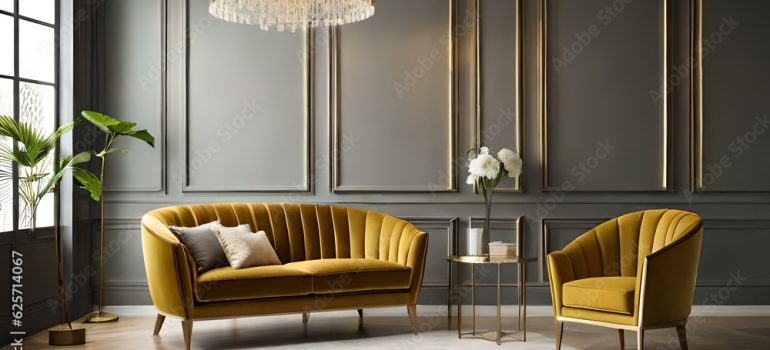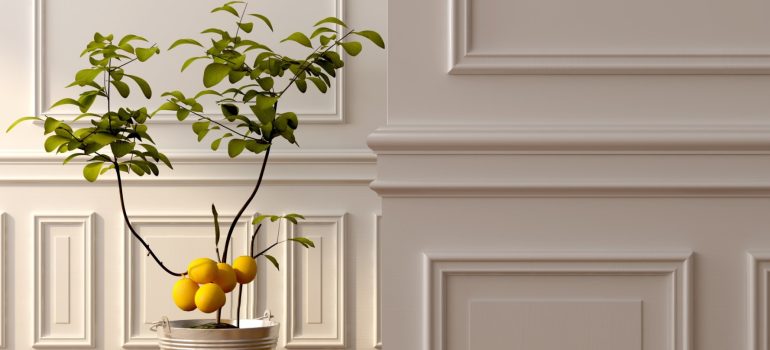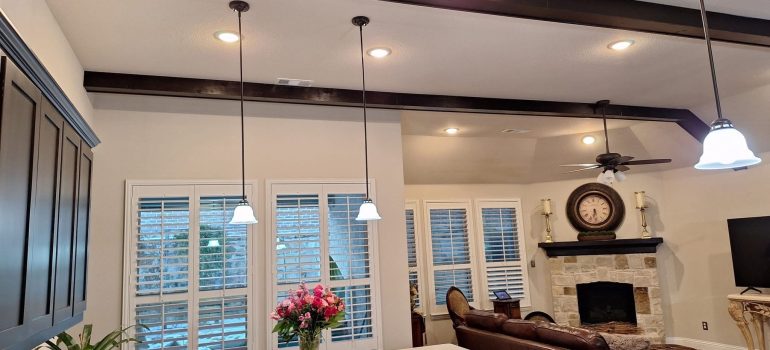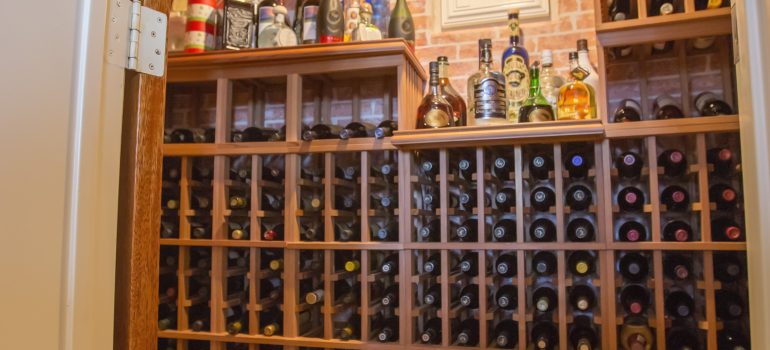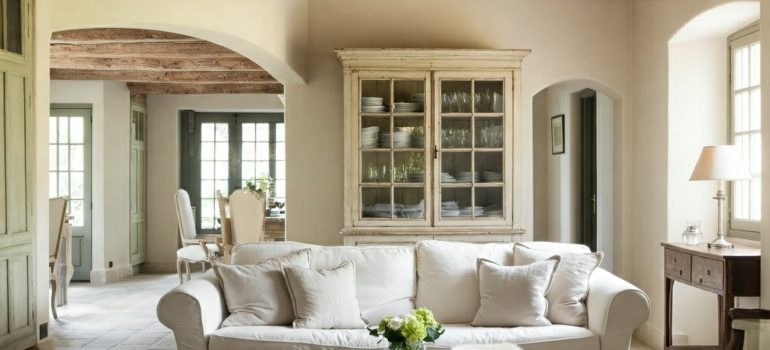Home Remodeling Strategies: Inflation vs Deflation
When you reside in a house you own, it is not an asset but merely debt. If the house is paid for and you live in the house, it is still just debt. The only time a house is an asset is when it is rented out to another party paying the costs. After the US went off the gold standard in 1971, middle class Americans have been encouraged to take out home equity loans to remodel their homes. This helped homeowners to leverage up their home debt and to make money while inflation the medium cost of house in 1971 from $25,000 to $4457,800 in 2024; this is a 1,731% increase. This has commonly been called a secular bull market in housing. In 2025 this housing market phase has come to an end; we find ourselves in a deflationary market in housing.
Economic conditions like inflation and deflation significantly impact home remodeling strategies. In times of inflation, costs for materials and labor rise, requiring careful budgeting and prioritization. Conversely, during deflation, prices drop, potentially offering opportunities to take on larger projects at a lower cost. Below is a comparison of remodeling strategies for both cycles.
Home remodeling strategies should be adjusted depending on whether the economy is experiencing inflation or deflation to maximize cost efficiency and value. Here’s a breakdown of the best approaches for each period:
During Inflation
Inflation causes material and labor costs to rise, making remodeling more expensive. To minimize expenses, consider the following strategies:
1. Prioritize Essential Upgrades
-
-
-
-
- Focus on necessary repairs (e.g., roof, plumbing, electrical) rather than luxury improvements.
- Upgrade energy-efficient systems (e.g., insulation, solar panels, HVAC) to cut long-term costs.
-
-
-
2. Lock in Prices Early
-
-
-
-
- Purchase materials in advance before prices increase further.
- Sign fixed-price contracts with contractors to avoid unexpected cost hikes.
-
-
-
3. Consider Phased Renovations
-
-
-
-
- Instead of a full remodel, break projects into phases to spread out costs.
- Start with critical areas (e.g., kitchen, bathroom) and delay non-essential work.
-
-
-
4. Explore Alternative Materials
-
-
-
-
- Substitute expensive materials with cost-effective alternatives (e.g., engineered wood instead of hardwood).
- Use reclaimed or recycled materials where possible.
-
-
-
5. DIY Where Possible
-
-
-
-
- Tackle smaller projects (painting, landscaping, fixture replacements) yourself.
- Hire professionals only for technical or structural work.
-
-
-
6. Use Home Equity Wisely
-
-
-
-
- Interest rates tend to rise during inflation, so consider home equity loans carefully.
- If necessary, use a HELOC (Home Equity Line of Credit) with a fixed interest rate to fund improvements.
-
-
-
During Deflation
Deflation can lead to lower prices on materials and labor, making it a good time to invest in remodeling.
1. Take Advantage of Lower Costs
-
-
-
-
- Material prices tend to drop, so buy in bulk and complete bigger projects.
- Contractors may offer discounts or flexible pricing due to lower demand.
-
-
-
2. Invest in Value-Boosting Projects
-
-
-
-
- Consider high-ROI renovations, such as kitchen or bathroom remodels, to increase property value.
- Upgrade to smart home technology (e.g., smart thermostats, security systems).
-
-
-
3. Negotiate for the Best Deals
-
-
-
-
- With lower demand, contractors may be willing to negotiate on labor costs.
- Suppliers might offer seasonal or bulk discounts on materials.
-
-
-
4. Consider Larger-Scale Projects
-
-
-
-
- Deflation allows for bigger renovations (e.g., home additions, basement finishing) at a lower cost.
- Expand your home’s square footage if planning long-term investments.
-
-
-
5. Lock in Low-Interest Financing
-
-
-
-
- If interest rates are low, consider using home improvement loans or refinancing your mortgage.
- Low borrowing costs make it easier to finance major renovations.
-
-
-
General Strategies Regardless of Economic Conditions
-
-
-
-
- Get Multiple Quotes – Always compare contractor prices.
- Plan for Permits & Regulations – Ensure compliance to avoid delays and extra costs.
- Budget Wisely – Keep emergency funds for unexpected expenses.
- Think Long-Term – Prioritize renovations that add value and efficiency.
-
-
-


